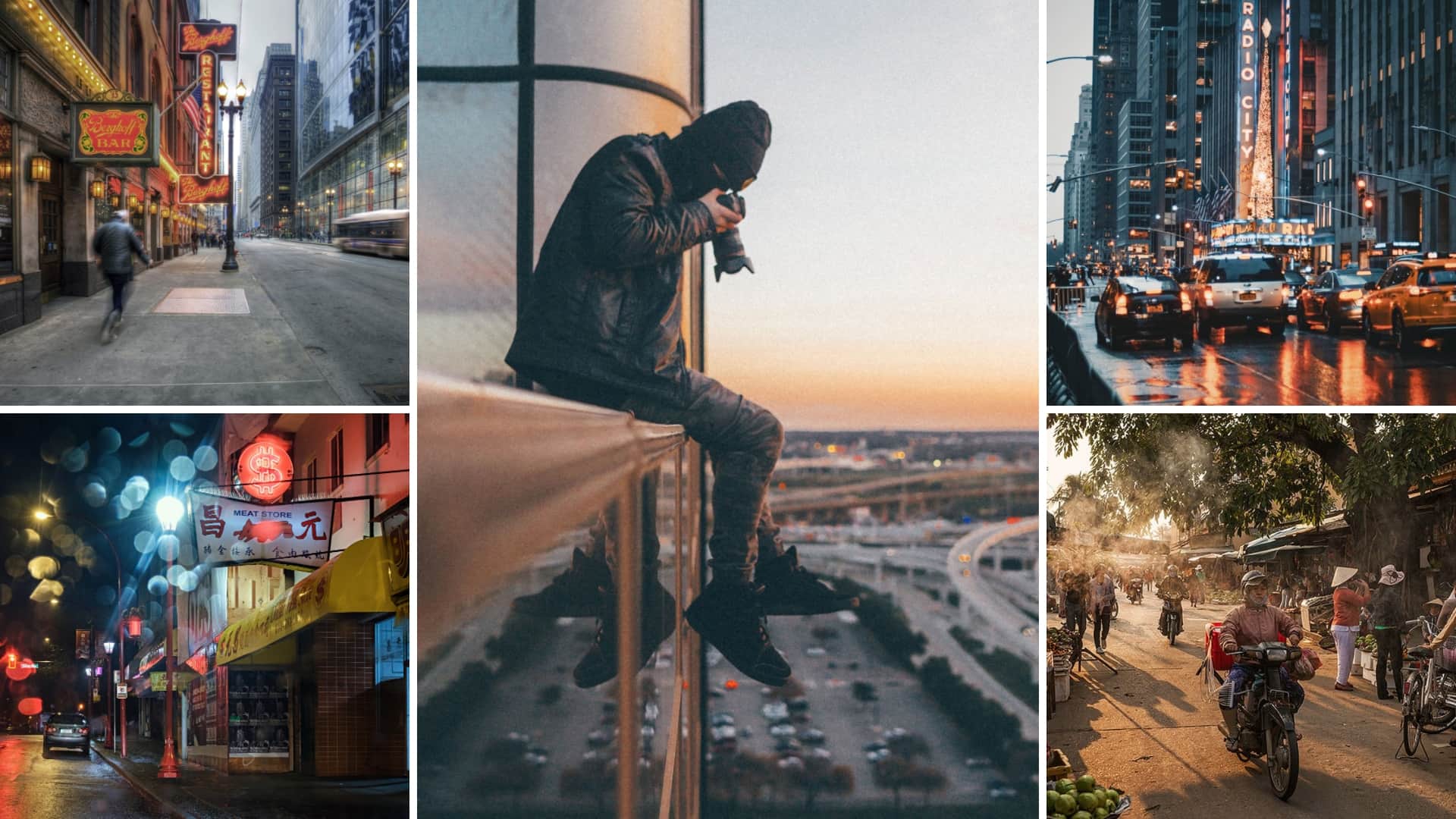The Best Guide To Framing Streets
The Best Guide To Framing Streets
Blog Article
More About Framing Streets
Table of ContentsLittle Known Facts About Framing Streets.The smart Trick of Framing Streets That Nobody is DiscussingAbout Framing StreetsGetting My Framing Streets To WorkA Biased View of Framing StreetsThe Basic Principles Of Framing Streets
Photography style "Crufts Canine Program 1968" by Tony Ray-Jones Road photography (also occasionally called honest digital photography) is photography carried out for art or query that features unmediated possibility experiences and arbitrary occurrences within public places, typically with the purpose of recording pictures at a definitive or poignant moment by careful framework and timing. 
Rumored Buzz on Framing Streets
Susan Sontag, 1977 Street digital photography can concentrate on individuals and their habits in public. In this regard, the road digital photographer is similar to social documentary digital photographers or photographers who likewise operate in public areas, however with the goal of recording newsworthy events. Any of these digital photographers' pictures might capture people and home noticeable within or from public places, which commonly involves navigating honest problems and regulations of privacy, safety and security, and residential property.
Representations of day-to-day public life develop a category in virtually every duration of globe art, beginning in the pre-historic, Sumerian, Egyptian and early Buddhist art durations. Art handling the life of the road, whether within sights of cityscapes, or as the dominant motif, shows up in the West in the canon of the North Renaissance, Baroque, Rococo, of Romanticism, Realism, Impressionism and Post-Impressionism.
More About Framing Streets
Louis Daguerre: "Blvd du Holy place" (1838 or 1839) In 1838 or 1839 the initial picture of figures in the road was tape-recorded by Louis-Jacques-Mand Daguerre in among a set of daguerreotype views taken from his workshop home window of the Blvd du Holy place in Paris. The 2nd, made at the elevation of the day, reveals an uninhabited stretch of street, while the various other was taken at about 8:00 am, and as Beaumont Newhall reports, "The Blvd, so frequently loaded with a moving throng of pedestrians and carriages was flawlessly singular, other than an individual that was having his boots cleaned.
, who was inspired to undertake a comparable paperwork of New York City. visit their website As the city established, Atget assisted to advertise Parisian streets as a worthy topic for digital photography.
Some Known Facts About Framing Streets.
Martin is the very first taped digital photographer to do so in London with a disguised electronic camera. Mass-Observation was a social research organisation founded in 1937 which aimed to tape day-to-day life in Britain and to tape the reactions of the 'man-in-the-street' to King Edward VIII's abdication in 1936 to marry divorce Wallis Simpson, and the sequence of George VI. Between 1946 and 1957 Le Groupe des XV annually exhibited job of this kind. Andre Kertesz. Circus, Budapest, 19 May 1920 Street photography created the significant web content of two events at the Museum of Modern Art (Mo, MA) in New york city curated by Edward Steichen, Five French Photographers: Brassai; Cartier-Bresson, Doisneau, Ronis, Izis in 1951 to 1952, and Post-war European Photography in 1953, which exported the concept of road photography worldwide.

Fascination About Framing Streets
, then a teacher of young youngsters, connected with Evans in 193839.'s 1958 publication,, was significant; raw and typically out of emphasis, Frank's photos questioned traditional photography of the time, "tested all the formal policies laid down by Henri Cartier-Bresson and Walker Evans" and "flew in the face of the wholesome pictorialism and sincere photojournalism of American magazines like LIFE and Time".
Report this page